Chances are that many of us have knocked on wood, avoided walking under ladders, or carried some sort of good luck charm (maybe a rabbit’s foot or an evil eye) close to our bodies. These rituals, of course, are products of superstition: the comforting belief that a ritual or object has the power to bring good luck, or ward off evil.
In fact, it’s part of the human condition: the desire to control things that we may not necessarily have in our power. It affects almost everyone, to some degree or another.
While the luminaries and rituals may be eclectic, a common thread connecting these famous creative power figures is a deep passion for what they do.If you don’t really care about succeeding at your work, then you won’t cultivate a practice or superstition to ensure good luck for it. Lets take a look below.
Pablo Picasso
Held onto His “Essence”
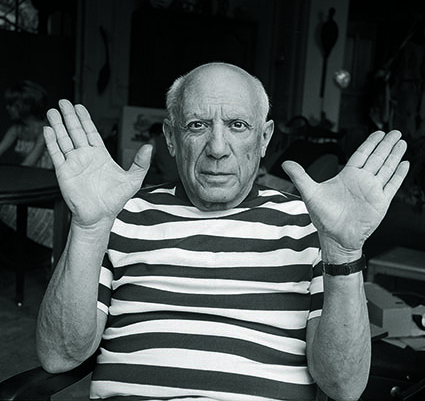
Spanish artist Pablo Picasso (1881–1973) would not throw away his old clothes, hair trimmings, or fingernail clippings for fear it would mean losing part of his “essence.” Picasso collected Picasso, and at the time of his death, he owned around fifty thousand works of his own, which ranged from prints and drawings to ceramics and theater sets. He is hailed as one of the last century’s most prolific and influential artists.
Coco Chanel
Lucky Number 5
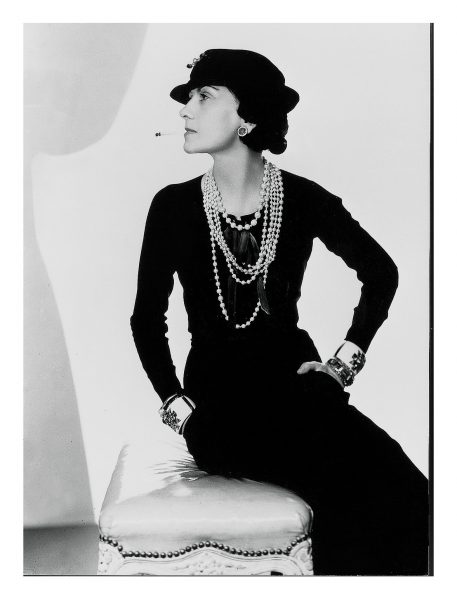
French clothing designer Coco Chanel (1883–1971) was deeply superstitious. It’s been said that she was informed by a fortune-teller that 5 was her lucky number, and she named her famed fragrance accordingly. Her apartment also contained a crystal chandelier created with shapes twisted into the number 5, and she liked to present her collections on the fifth day of May (the fifth month of the year) for good luck.
Charles Dickens
Slept Facing North
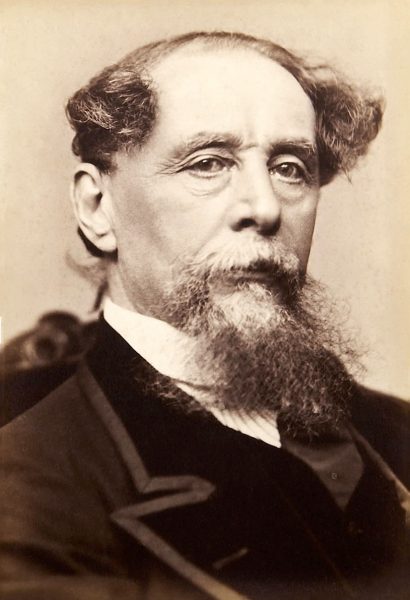
Charles Dickens (1812–1870) carried a navigational compass with him at all times and always faced north while he slept—a practice he believed improved his creativity and writing. The author of such classic novels as A Christmas Carol and Great Expectations, Dickens was also a social critic guided by a strong moral compass, which he made evident through his incisive depictions of socioeconomic conditions.
Yoko Ono
Lighting a Match

Renowned multimedia artist and peace activist Yoko Ono was very sensitive to sound and light when she was young. Ono discovered that lighting a match and watching the flame extinguish in a dark room gave her a sense of relief. She said she would repeat this ritual, sometimes in front of her sister, continuously until she calmed down. Later this private ritual became a performance piece, called Lighting Piece, which was recorded with the collective Fluxus.
Diane von Fürstenberg
Lucky Gold Coin

Fashion designer and icon Diane von Fürstenberg has a gold twenty-franc piece her father hid in his shoe during World War II that he gave to her when she was a girl. She tapes the coin in her shoe for good luck before every fashion show. Best known for her iconic wrap dress, von Fürstenberg’s influential designs are available in more than fifty-five countries worldwide.
Frida Kahlo
Habitual Gardener
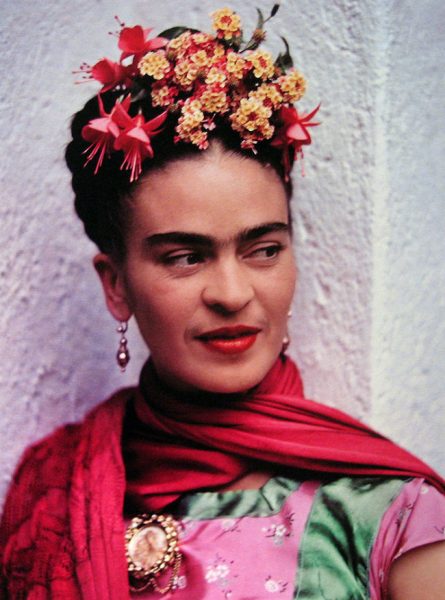
Mexican painter and icon Frida Kahlo (1907–1954) created with plants as well as paint as her routine practice. Frida Kahlo’s paintings, often autobiographical, are filled with plants and flowers she grew herself in the garden of the home she shared with artist Diego Rivera, known as Casa Azul. Kahlo’s well-tended garden was a place of comfort and inspiration for Kahlo and one where she would spend hours tending plants, fruit, and flowers, many of which were of Mexican origin. Kahlo’s painting desk looked out at the garden from her window, and her last request when she returned home from the hospital before she died was for her bed to be moved to face her garden.
Salvador Dalí
Spanish Driftwood
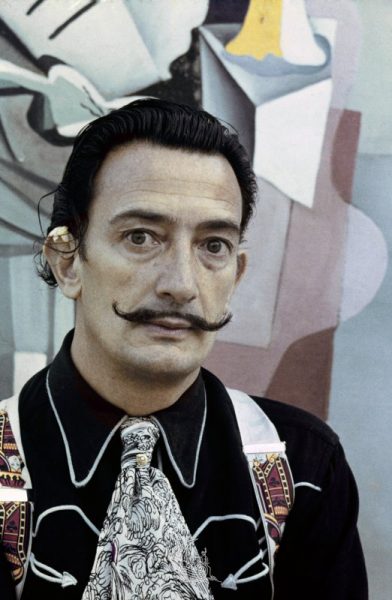
Spanish surrealist painter Salvador Dali (1904–1989) considered himself to be very superstitious and carried around a little piece of Spanish driftwood to help him to ward off evil spirits. Dalí was a prominent and influential painter whose life and work embraced surrealism. Known for his idiosyncrasies, he nearly suffocated once while giving a lecture in a diving bell helmet and suit.
*extracted from artsy
